Fungal and bacterial skin infections can leave your dog itchy and uncomfortable, with skin that looks flaky, crusty, or unusually moist. Skin troubles are common in dogs and can sometimes point to deeper health concerns.
Dog skin infections aren’t just a minor itch; they’re one of the top reasons for vet visits each year, according National Library of Medicine!
While all dogs can develop them, some breeds are more prone due to their skin folds, genetics, or coat type. Think of it as nature handing out different “risk cards”; some pups just draw the short straw. But don’t worry, being aware is the first step to prevention!
From adorable wrinkly faces to lush double coats, we’re diving into the breeds that need a little extra TLC when it comes to keeping their skin healthy, fresh, and fungus-free. Ready to scratch the surface? Let’s go!
Dog Breeds Susceptible to Skin Infections
1. Chinese Shar-Pei
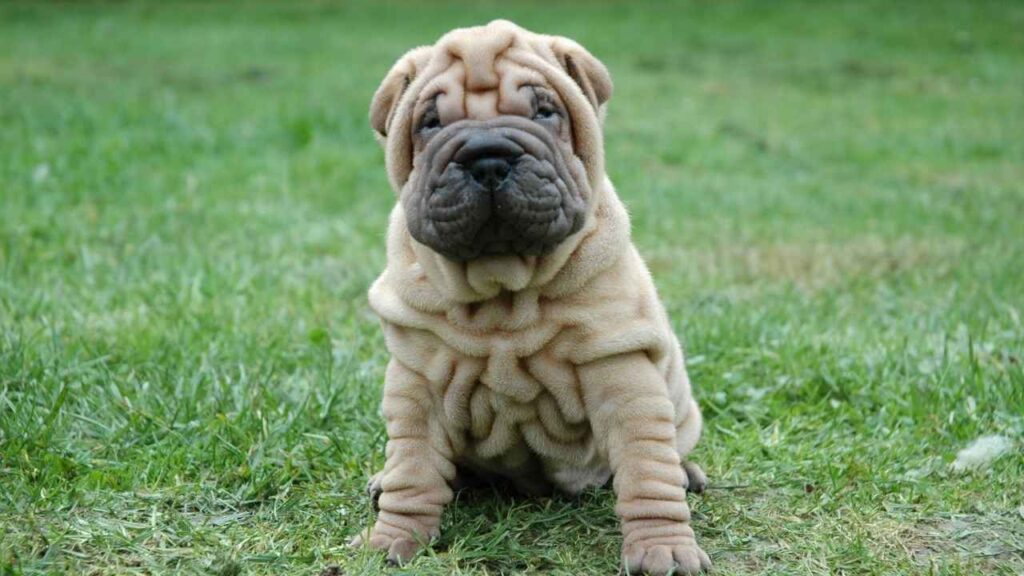
With deep roots in ancient China, the Shar-Pei is famous for its signature wrinkles and loyal heart. But those cuddly skin folds? They’re also a breeding ground for trouble.
This breed is one of the most prone to skin infections due to its unique anatomy and genetics. Beneath those adorable rolls, yeast infection and other skin problems can brew fast if not carefully managed.
But don’t let that stop you—Shar-Peis are reserved, dignified, and make fiercely loyal companions.
Their laid-back temperament makes them calm housemates, and they usually bond deeply with one person. According to the American Kennel Club, while they’re not overly social with strangers, their quiet loyalty is unmatched.
They’re also low on barking and drooling—but be prepared for moderate shedding and a stubborn streak. Shar-Peis thrive best with gentle training and early socialization.
Skin Issues in Shar-Peis
|
Condition |
Description |
|---|---|
|
Skin Disease |
Chronic issues due to poor skin ventilation in folds |
|
Yeast Infection |
Moisture buildup between wrinkles |
|
Food Allergy |
Common trigger for rashes and irritation |
|
Skin Problems |
Includes bacterial infections and dermatitis |
|
Underlying Cause |
Genetic and immune system dysfunctions |
How to Prevent These Skin Issues
Gently clean and dry skin folds daily to prevent moisture buildup
Feed a balanced, hypoallergenic diet to reduce food allergy triggers
Use vet-approved wipes or cleansers for a sensitive coat
Schedule regular vet visits to catch early signs of skin issues
Keep your Shar-Pei cool and dry, especially in humid weather
2. American Bulldog

Unlike its smaller, smush-faced cousin, the French Bulldog, the American Bulldog is a powerhouse of strength, agility, and charm. But under all that muscle, their skin can be a battlefield.
These loyal pups are prone to yeast infections and bacterial infections, often worsened by environmental factors like pollen, dust, or even your laundry detergent.
Their sensitive skin can easily develop atopic dermatitis and painful skin lesions if not given the right care.
What makes the American Bulldog stand out is its boundless energy and affectionate nature. They’re known to be great with kids, protective without being aggressive, and have a goofy, loving personality.
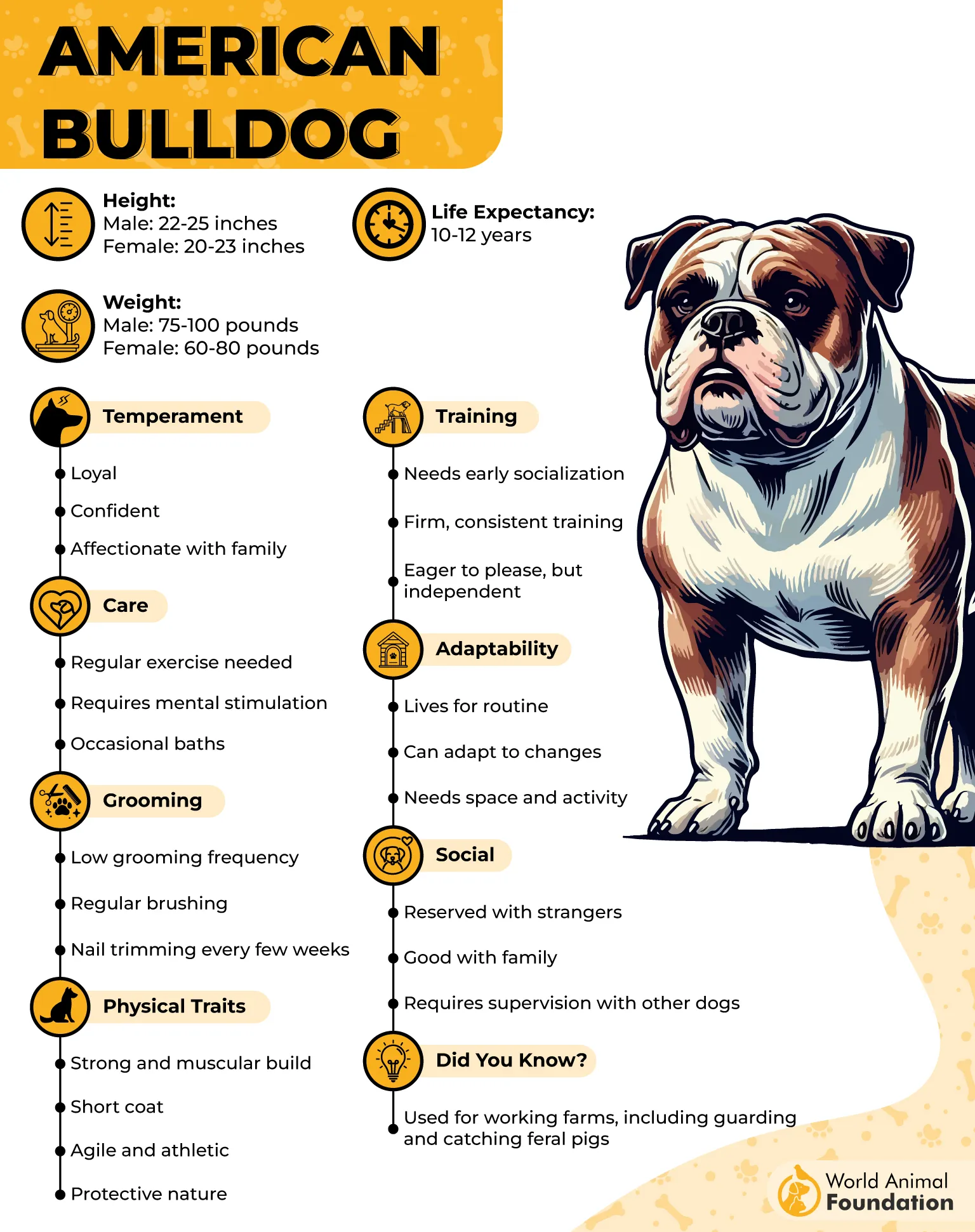
While they may drool a bit and shed moderately, their playful spirit and deep devotion make them a wonderful family dog. Just be prepared for an active lifestyle—they need plenty of exercise and stimulation.
Skin Issues in American Bulldogs
|
Condition |
Description |
|---|---|
|
Yeast Infections |
Often caused by moisture in skin folds and ears |
|
Bacterial Diseases |
Can stem from minor scratches or insect bites |
|
Atopic Dermatitis |
Triggered by surrounding factors like pollen |
|
Environmental Factors |
Dust mites, mold, and detergents can cause flare-ups |
|
Skin Lesions |
Sores or hot spots from scratching and licking |
How to Prevent These Skin Issues
Wipe down your dog after walks to remove environmental allergens
Use unscented, hypoallergenic shampoos and bedding
Keep ears clean and dry to avoid yeast buildup
Feed a diet rich in omega-3s to support skin health
Visit your vet for allergy testing and regular skin checks
3. Doberman Pinscher

Tall, sleek, and fiercely protective, the Doberman Pinscher is a commanding presence in any home. But under that elegant coat lies surprisingly sensitive skin.
This breed is prone to skin infections, especially secondary infections caused by scratching, insect bites, or autoimmune diseases.
Their tight skin can also develop hot spots and lip fold infections, particularly around the muzzle. If not cared for properly, minor skin irritation can escalate quickly.
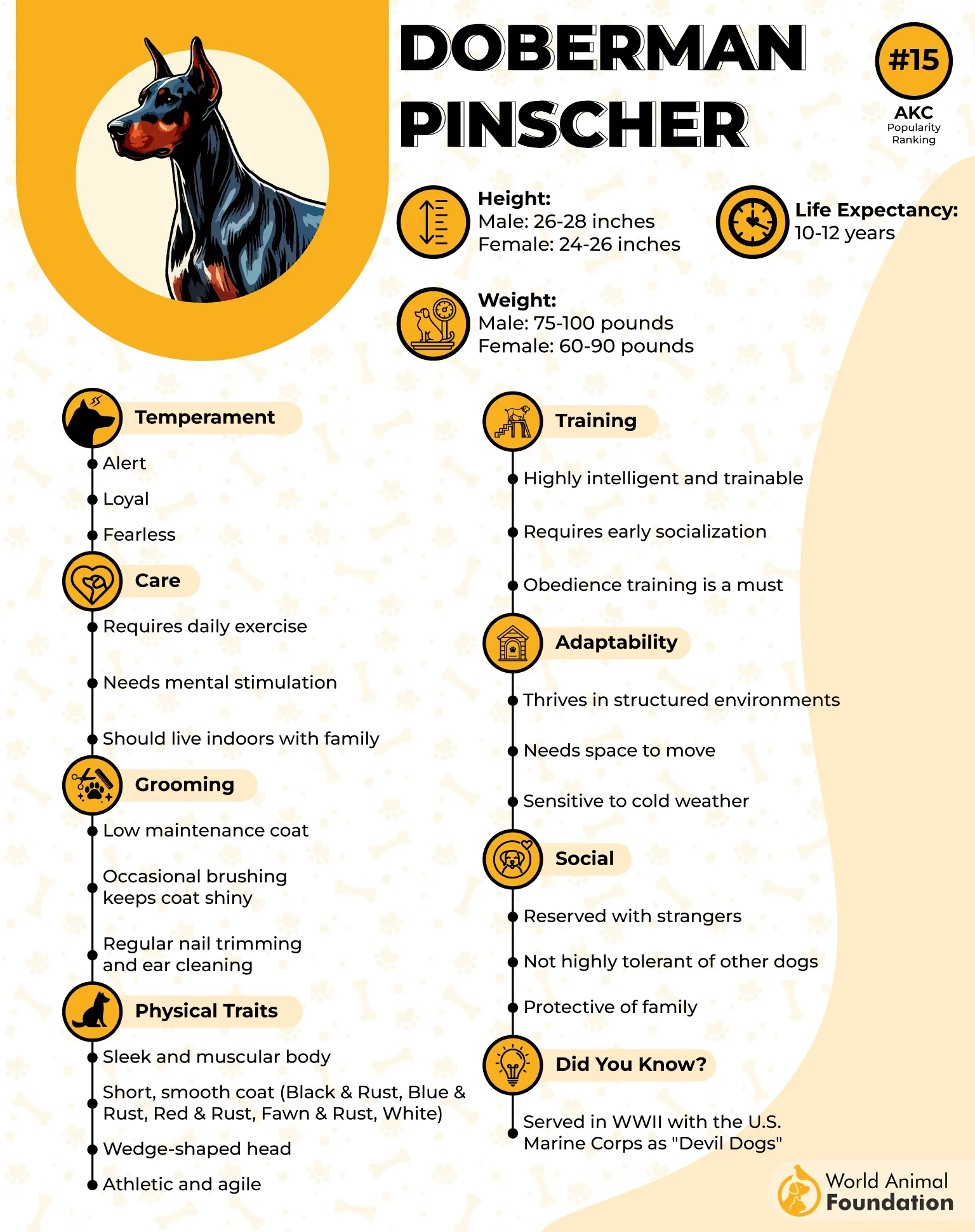
Their shedding is minimal, barking is controlled, and their prey drive is moderate. They’re alert, loyal, and always eager to please, making them one of the easiest large breeds to train.
Skin Issues in Doberman Pinschers
|
Condition |
Description |
|---|---|
|
Secondary Infections |
Result from scratching or untreated allergies |
|
Skin Infections |
Fungal or bacterial, especially in humid conditions |
|
Lip Fold Infections |
Caused by trapped moisture around the mouth |
|
Skin Irritation |
Often from insect bites or contact with irritants |
|
Autoimmune Disorder |
Can cause chronic hot spots and dermatitis |
|
Hot Spots |
Painful areas of inflamed, oozing skin |
How to Prevent These Skin Issues
Bathe your Dobie with medicated or shampoos for sensitive coats
Keep their bedding and living space clean and dry
Use vet-approved flea and insect repellents
Watch for signs of constant licking or scratching and act fast
Regular vet checks to rule out autoimmune complications
4. English Bulldog

While the American Bulldog is athletic and lean, the English Bulldog is a squat, snuggly marshmallow with wrinkles galore.
But those endearing rolls come at a price—they’re a magnet for skin infections. This breed is one of the most affected by skin conditions due to poor airflow between folds, weak immune system response, and blocked hair follicles.
Without diligent care, they may suffer from recurring issues or skin diseases requiring veterinary medicine.
They’re known to snore, drool, and shed more than most, but their charm makes up for the mess. If you’re looking for a loyal, low-exercise companion, this wiggly lovebug might be the one.
Skin Issues in English Bulldogs
|
Condition |
Description |
|---|---|
|
Skin Infections |
Common in moist areas between skin folds |
|
Skin Conditions |
Chronic rashes, dermatitis, and allergies |
|
Other Skin Diseases |
Includes mange and genetic disorders |
|
Immune System |
Weakened defenses make infections more frequent |
|
Hair Follicles |
Often clogged, leading to pustules or inflammation |
How to Prevent These Skin Issues
Gently wipe and dry skin folds daily with unscented wipes
Use moisturizing shampoos with antibacterial properties
Monitor for signs of clogged pores or red bumps
Feed immune-boosting diets with fish oils and probiotics
Keep their living space cool and dry to prevent flare-ups
5. Labrador Retriever

As one of America’s most popular dogs, the Labrador Retriever wins hearts with its friendly eyes and joyful nature. But even the nation’s favorite pup isn’t immune to skin trouble.
Labs are surprisingly prone to skin conditions and skin allergies that can leave them itchy, flaky, and uncomfortable. Many of these issues affect dogs genetically, while others stem from environmental triggers.
Without an accurate diagnosis, simple flare-ups can turn chronic. Thankfully, with love, care, and the right medicated shampoos, most Labs bounce back fast!
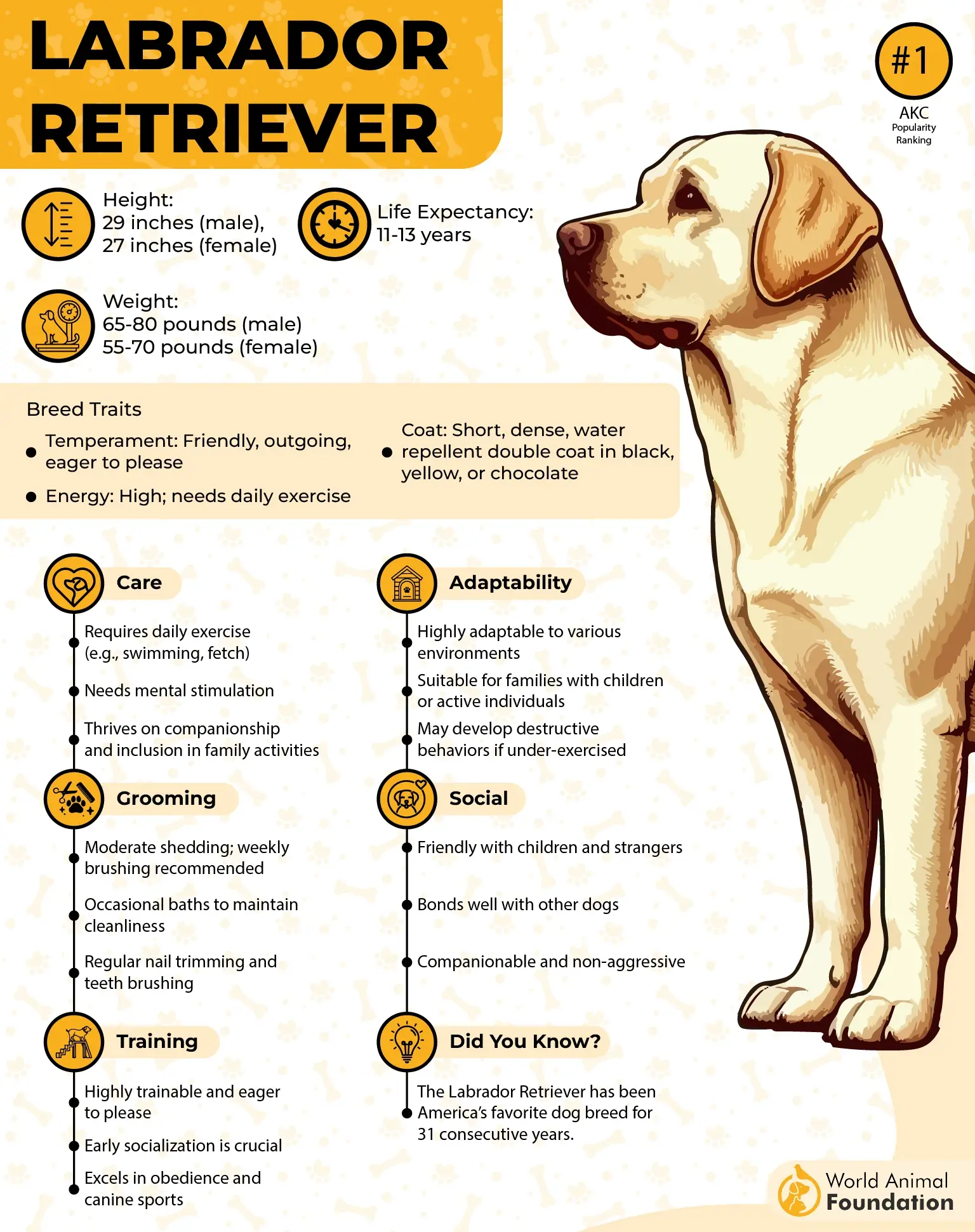
Labradors are known for their easy-going personality, love of water, and deep loyalty to family. They shed quite a bit and do tend to bark when excited.
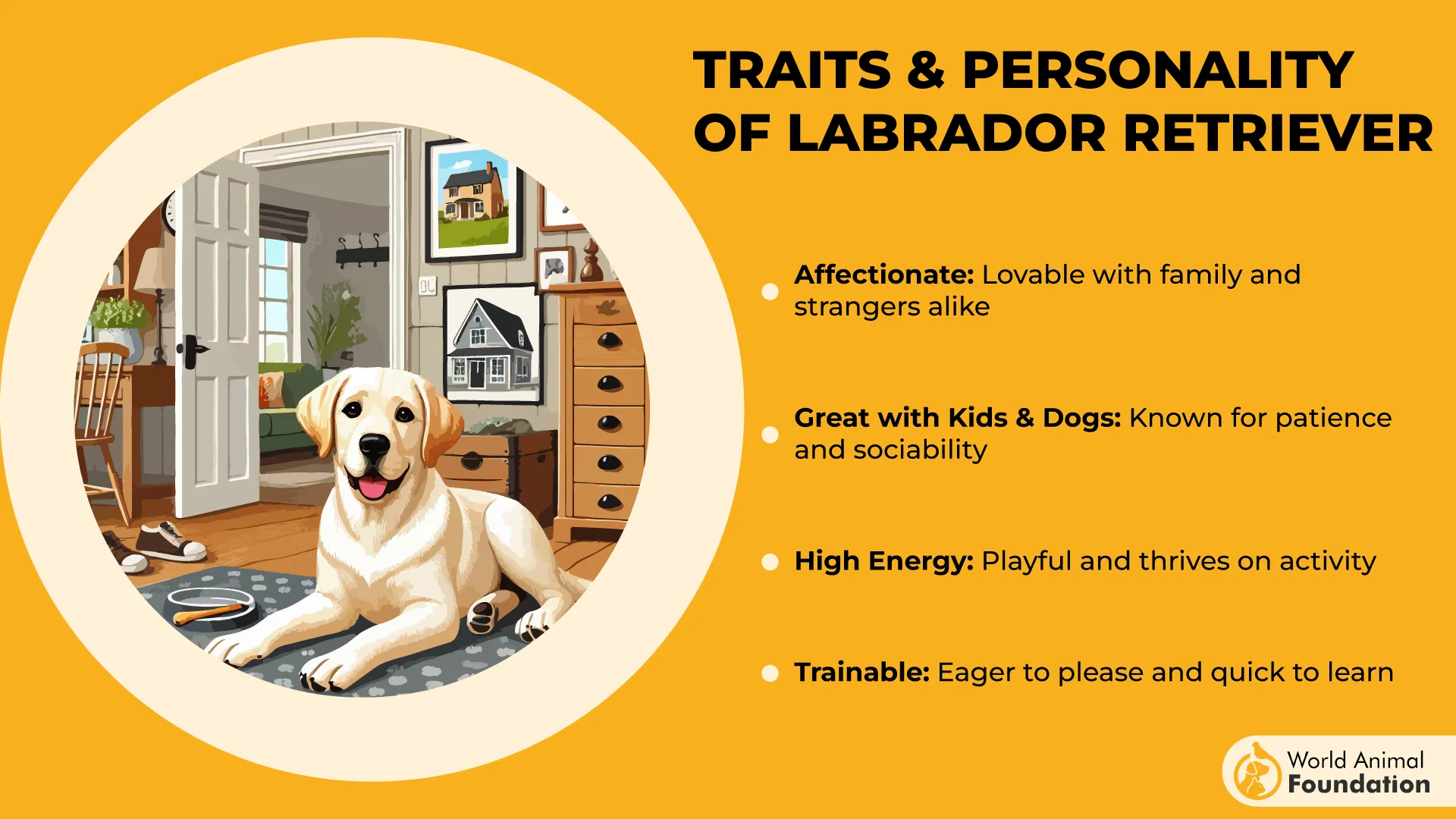
But they’re famously gentle with children, highly social, and easy to train—perfect for both new and experienced dog owners.
Skin Issues in Labrador Retrievers
|
Condition |
Description |
|---|---|
|
Skin Conditions |
Flaky, itchy skin linked to food or seasonal allergies |
|
Skin Allergies |
Triggered by diet, fleas, or pollens |
|
Affected Dogs |
Labs are genetically more susceptible |
|
Accurate Diagnosis |
Needed to avoid prolonged discomfort |
|
Medicated Shampoos |
Often prescribed for chronic inflammation or itching |
How to Prevent These Skin Issues
Regular grooming with vet-approved or medicated shampoos
Work with your vet for an accurate diagnosis early
Feed a balanced diet, possibly limited-ingredient or grain-free
Avoid common allergens in bedding, lawn, or treats
Monitor skin for signs of redness or licking
6. Pit Bull Terrier

Pit Bulls are full of love, muscle, and goofy grins—but their skin? It can be heartbreakingly sensitive. This breed has a genetic predisposition to skin allergies, which often leads to scaly skin, rashes, and even acute moist dermatitis.
Skin abnormalities are common, and without quick action, they can spread fast. Still, with patience and care, your Pit Bull’s skin can be kept happy and healthy.
What makes Pit Bulls extra special is their emotional intelligence. They form deep bonds with their humans, are gentle with kids, and are surprisingly cuddly.
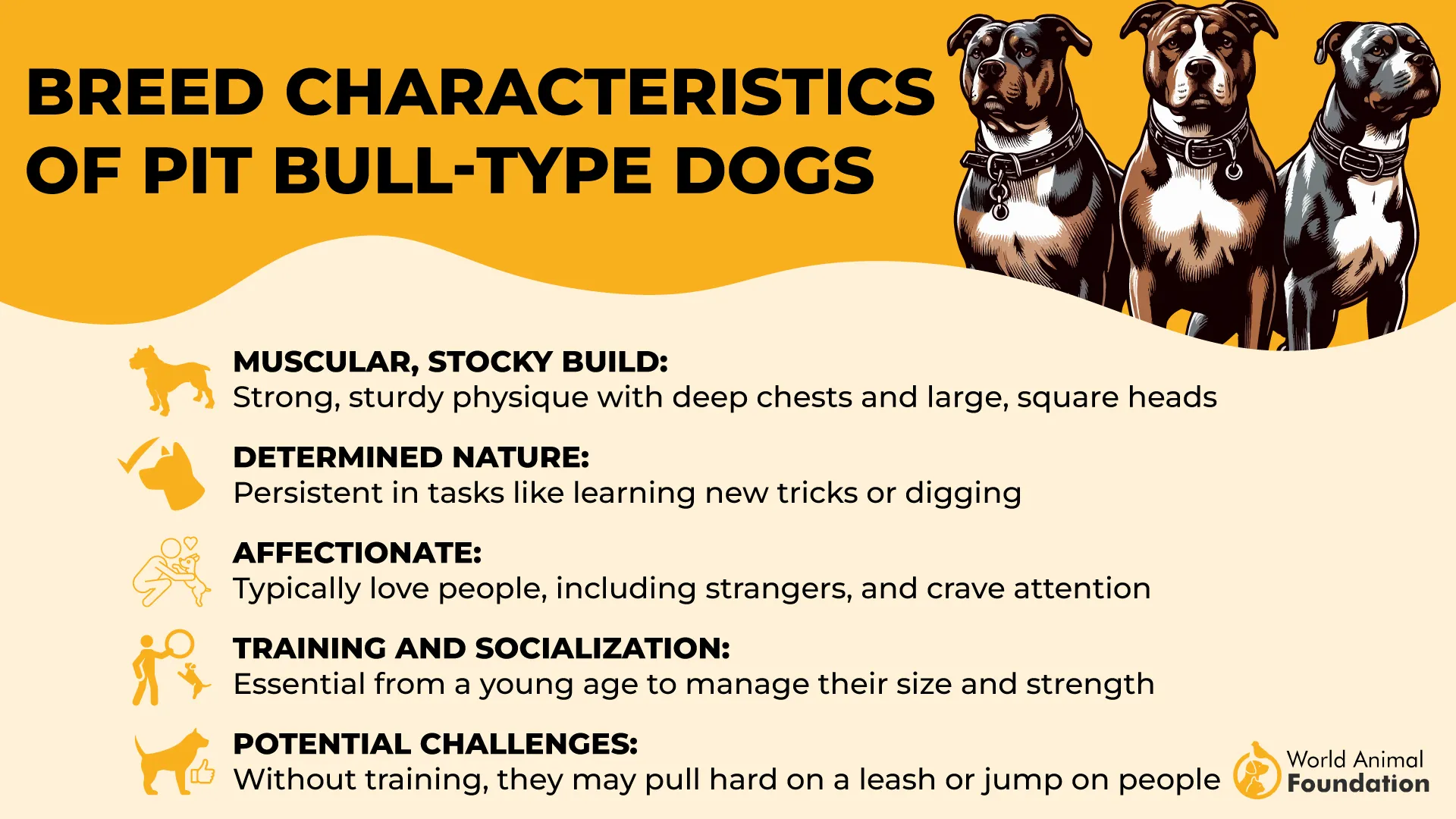
They barely shed, bark only when needed, and are always ready for belly rubs or a game of fetch.
Skin Issues in Pit Bull Terriers
|
Condition |
Description |
|---|---|
|
Skin Allergies |
Common from food or environmental exposure |
|
Acute Moist Dermatitis |
“Hot spots” from scratching or licking |
|
Genetic Predisposition |
Makes them naturally more prone to chronic issues |
|
Scaly Skin |
Often from dry environments or allergens |
|
Skin Abnormalities |
Bumps, rashes, or discoloration needing vet evaluation |
How to Prevent These Skin Issues
Keep their coat clean and moisturized with gentle products
Use allergen-free food and treats tailored to skin health
Avoid grass or carpets treated with chemicals
Dry their coat thoroughly after bathing or swimming
Visit the vet early at any sign of redness or hair loss
7. German Shepherd

Strong, smart, and deeply loyal, the German Shepherd is a favorite working dog across the U.S. But under that stunning double coat, they’re hiding a vulnerable side.
German Shepherds are at higher risk for environmental allergies and complex skin issues like canine ichthyosiform dermatoses. These conditions cause scaly patches, discomfort, and excessive licking, which can lead to bacterial growth and painful infections.
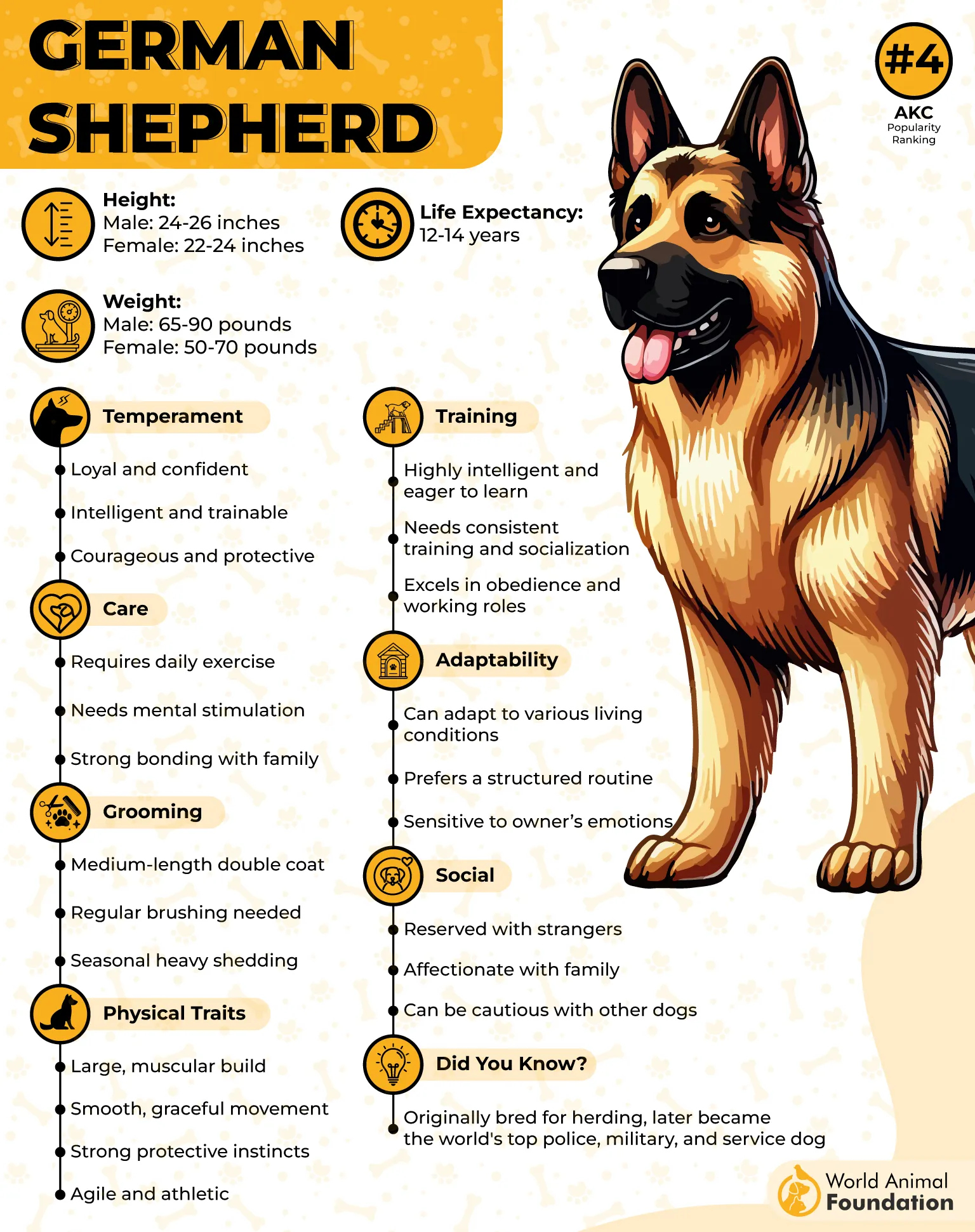
Despite their skin sensitivity, German Shepherds shine in obedience, protection, and family loyalty.
They’re high-energy, shed heavily, and do bark—often to alert or communicate. But when raised with care, they’re gentle with children and devoted to their pack.
Skin Issues in German Shepherds
|
Condition |
Description |
|---|---|
|
Environmental Allergies |
Dust, pollen, or mold can trigger reactions |
|
Canine Ichthyosiform Dermatoses |
Rare disorder causing flaky, thickened skin |
|
Higher Risk |
This breed is more prone than average |
|
Scaly Skin Patches |
Caused by dryness or inherited disorders |
|
Excessive Licking/Bacterial Growth |
Self-soothing behavior that worsens infections |
How to Prevent These Skin Issues
Use deep-conditioning shampoos designed for double coats
Provide flea and tick prevention year-round
Feed skin-supportive diets rich in omega-3s
Wipe paws after walks to reduce allergen exposure
Keep them well-groomed and monitor for licking or hot spots
Conclusion
Skin issues can be frustrating for both dogs and their humans. But when pet owners know which breeds are commonly affected, they can take early action.
From regular vet visits to genetic testing and allergy-friendly diets, a little prevention goes a long way. Many skin infections are treatable when caught early, so don’t ignore constant scratching or a sudden allergic reaction. The more informed you are, the healthier your dog can be.
Love, patience, and a good skincare routine can make all the difference, especially for dog breeds susceptible to skin infections.


